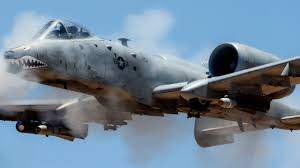
Pinecone
-
Posts
5,929 -
Joined
-
Last visited
-
Days Won
19

Pinecone replied to TuomoMooneyFlying's topic in Avionics/Panel Discussion
Pinecone replied to Rick Junkin's topic in Miscellaneous Aviation Talk
Pinecone replied to Mcstealth's topic in Miscellaneous Aviation Talk
Pinecone replied to Pinecone's topic in Modern Mooney Discussion
Pinecone replied to Pinecone's topic in General Mooney Talk
Pinecone replied to Pinecone's topic in Modern Mooney Discussion
Pinecone replied to Pinecone's topic in Modern Mooney Discussion
Pinecone replied to Pinecone's topic in Modern Mooney Discussion
Pinecone replied to RoundTwo's topic in General Mooney Talk
Pinecone replied to Pinecone's topic in Modern Mooney Discussion
Pinecone replied to Healthpilot's topic in Modern Mooney Discussion
Pinecone replied to RoundTwo's topic in General Mooney Talk
We have placed cookies on your device to help make this website better. You can adjust your cookie settings, otherwise we'll assume you're okay to continue.